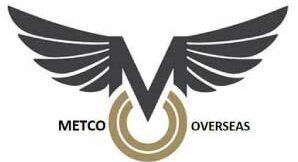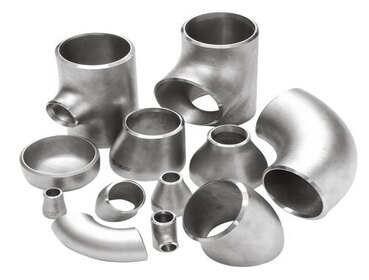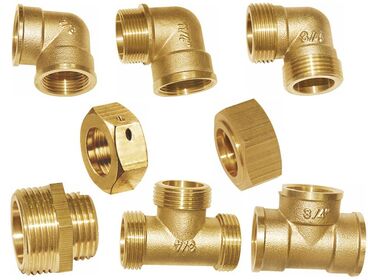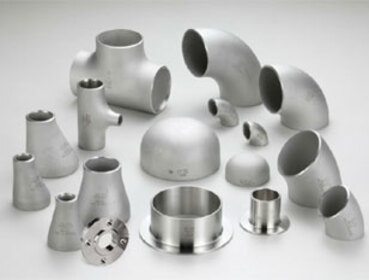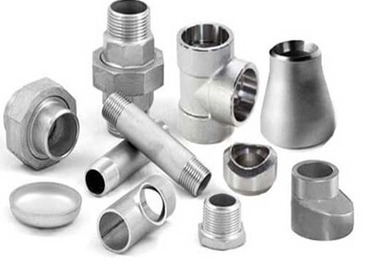Pipe Fittings
What is Pipe Fittings?
Materials for Pipe Fittings
Types of Pipe Fittings
Elbows
Couplings
Union
Adapters
Nipple
Reducer
Tee
Cross
Applications of Pipe Fittings
- Chemical Industry
- Paper Industries
- Oil & Gas Exploration
- Pharmaceutical Plant
- Food & Dairy Plants
- Petrochemical Plants
- Desalination Plant
- Fertilizer Plant
Selection Criteria for Pipe Fittings
Connection types | When purchasing pipe fittings, you should be aware of the fact that a fitting can have two different connector types
|
Materials of construction | As a rule, the pipe fitting should be of the same material as the material used in the making of the pipe in which it is to be fitted. However, in some cases, materials conforming to certain codes or standards can also be used in pipes of another material. |
Check for flow | To keep the flow consistent, the ends of pipe fittings should be slightly larger than the rest of the pipe so that they can accommodate connections without narrowing the inner diameter (ID) of the pipe. |
Type of fitting | Besides pipe materials, pipe fittings are identified by the type of fitting — threaded or slip, male or female. |
Size | When measuring the size of pipe fittings, it is to be noted that the male threaded fittings are measured to the outside edge or OD, while female fittings are measured to the inside edge of the inlet or ID. |
Thickness | Just as pipes are available in a number of different thicknesses or “schedules”, so also the pipe fittings. |
Design | Each pipe or tube is designed to carry certain specific types of fluids, liquids, gases, chemicals under varying conditions. Accordingly, the pipe fittings are also available in variety of designs. |
Standards and codes | There are certain standards and codes set by various organizations by which the different pipe fittings are graded. For example, ASTM, ASME, BSP etc. are certain standards assigned to pipe fittings and those standards dictate their use. |
